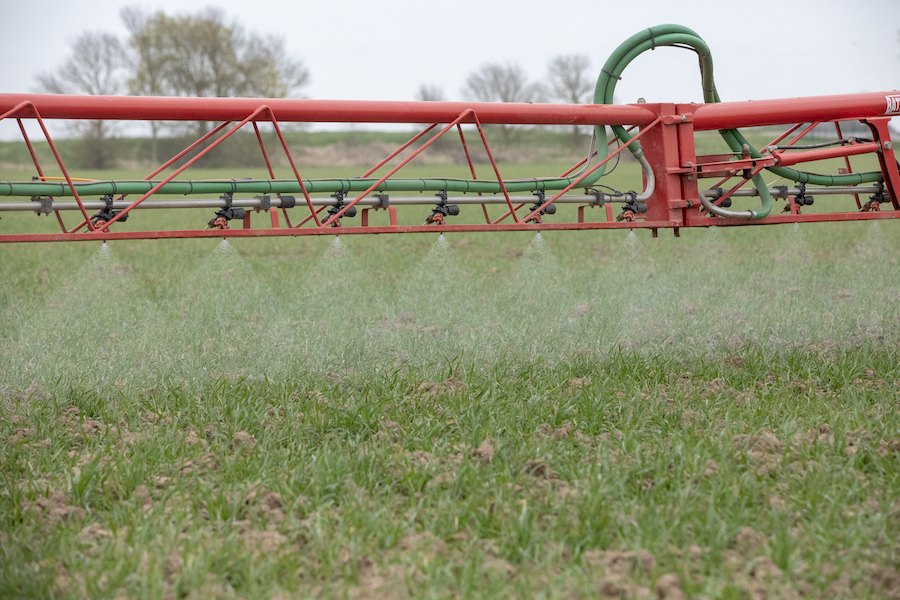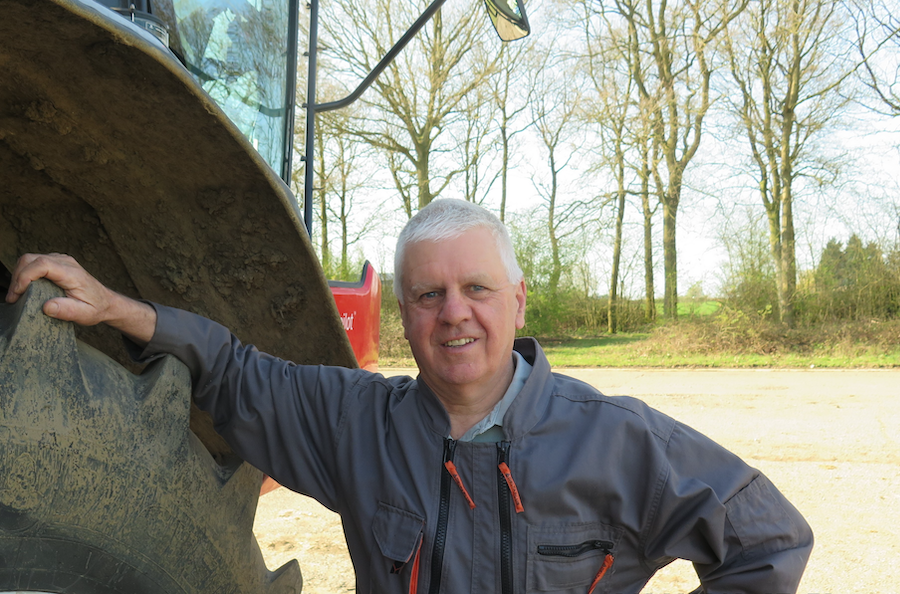Application advice for spring weed control
12th February 2024
It has been a challenging season for weed control so far, but there are still opportunities to tidy up winter wheat crops in early March before moving on to disease control at the end of the month.

Seize the opportunity
Control from post-em products like Atlantis Star is improved by targeting weeds at earlier growth stages. At this time of year, even one week can make a lot of difference to plant development so look for the first suitable opportunity to spray. But even if the ground is dry enough, be mindful of weather conditions which have a significant effect on performance.
There need to be suitable light and temperature conditions to stimulate active growth which promotes uptake. Added to that, sufficient drying time of 2–4 hours before rain or dew formation is needed. A sunny day is the optimum time to make an application, but farmers have to weigh up the benefit of applying earlier versus waiting for better conditions.
Nozzle choice

For spring post-ems, spray application specialist Tom Robinson recommends using angled nozzles. The target is a small upright leaf blade, so angling allows more of the spray to hit the target directly.
“I would always use an angled 3D nozzle because it puts appreciably more active on the leaf compared with others. I would apply at 2 bar pressure and angle the nozzles alternately forward and back. The 3D creates a coarser spray quality than a fanjet, but the droplet number is high enough and it is less drifty. Just having a fine spray quality fan jet will not produce as good a result as the angled spray.”
For applications in more marginal conditions with higher windspeeds, Mr Robinson suggests a drift reducing nozzle such as the Hypro Guardian Air as an option. But the result is likely to be compromised compared to an ideal application. “Timing seems to win this decision with farmers preferring to target smaller weeds rather than wait for ideal spraying conditions but potentially much bigger weeds.
“Be careful – different foliar herbicides need different conditions before and after application to be effective, so pay close attention to the specific guidance for each product.”
Forward speed
12kph is the safe maximum speed for herbicide applications according to Mr Robinson. At higher speeds, control usually drops off because of increased turbulence and poorer deposition. He notes that for fungicides this is not the case, speeds up to 16kph are suitable for fungicide application.
Factor in broad-leaf weed control
One benefit of applying later in spring is that is easier to assess broad-leaf weed pressure and apply a suitable herbicide. Atlantis Star is primarily a grass-weed herbicide but also offers good control against several types of broad-leaf weeds. Trials in 2023, showed good control of speedwell, pansy, fumitory, chickweed, poppy and germanium from a mid-March or a mid-April application.
Tank mixing
If weed control gets delayed until late spring, there is the option to tank mix the T0 with the herbicide. Biological compatibility data shows there is no weed control penalty from using Atlantis Star in tank mixes with certain fungicides.
Trials have tested mixes at the T0 timing in early April with Arizona (folpet), Arizona + Variano Xpro (bixafen, PTZ, Fluoxastrobin), Arizona + Boogie Xpro (bixafen, PTX, spiroxamine), Aviator Xpro (bixafen + PTZ) and Ascra Xpro (bixafen + PTZ + fluyopyram). All products were applied at the full label rate.
Read more arable articles here
